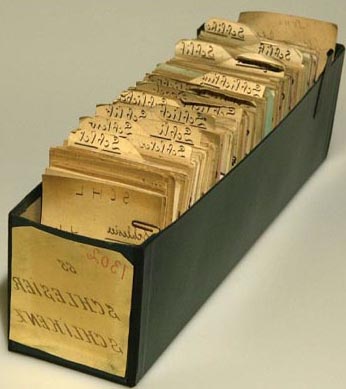Rhetorical Responsiveness: Responding to Literacy Narratives as Teachers of Composition - by Cynthia L. Selfe and the DALN Consortium

Archive 2.0
Movement
Any number of readings could be done on these three narratives as data, using narrative theory, for instance, to analyze the relational positioning of the other characters the tellers include in their stories, or using linguistic analysis to identify the terms each of the women are using to describe their own actions and the actions of others, or using feminist theory to think about the story tellers' agency and how they choose to exercise it in the face of challenges.
This exhibit, however, is designed to help readers consider these stories against the backdrop of the DALN as a particular kind of digital archive, one that has 2.0 characteristics. This work will draw primarily on contemporary scholars who have written about archive theory and the changes in such theory that the digital age and social media movements have helped engender: among them Joy Plamer (2009), Jens Schröter (2008), Terry Cook (2000), Joan Schwartz and Terry Cook (2002), Isto Huvila (2008), and Ryan Skinnell (2010).
We hope this context will encourage readers to think about how the DALN's identity could shape the reception of these narratives, particularly by helping teachers understand them not only as data to be analyzed but also as messages that call forth a kind of rhetorical responsiveness from instructors, a term that will be defined later in the essay.
